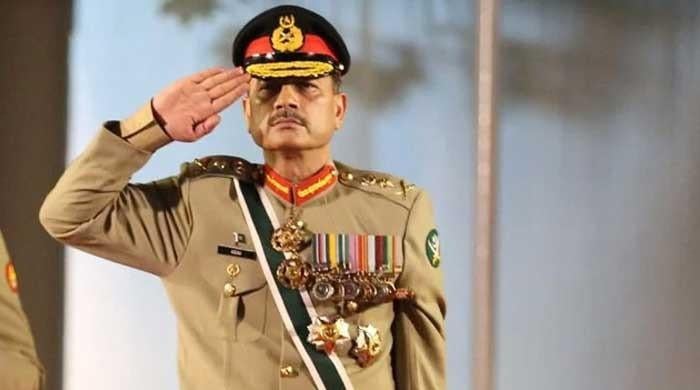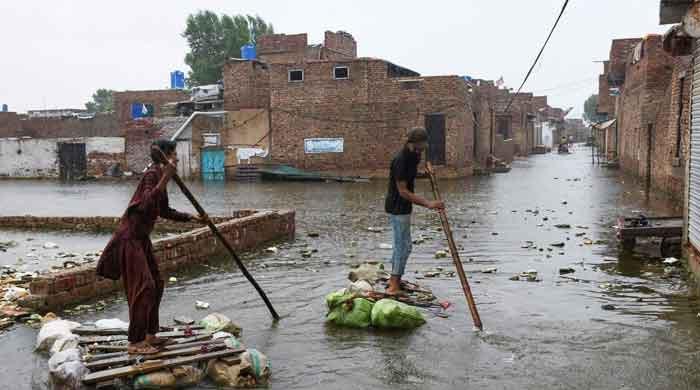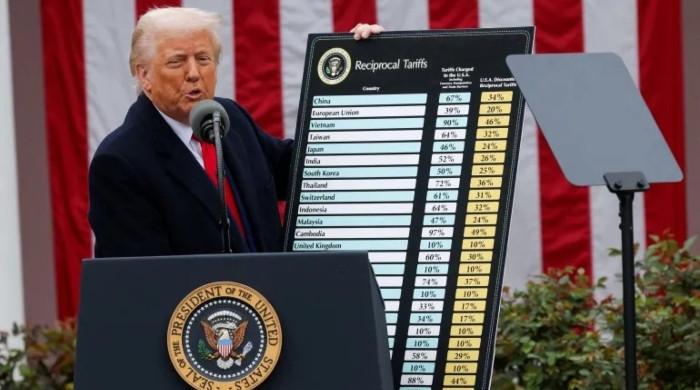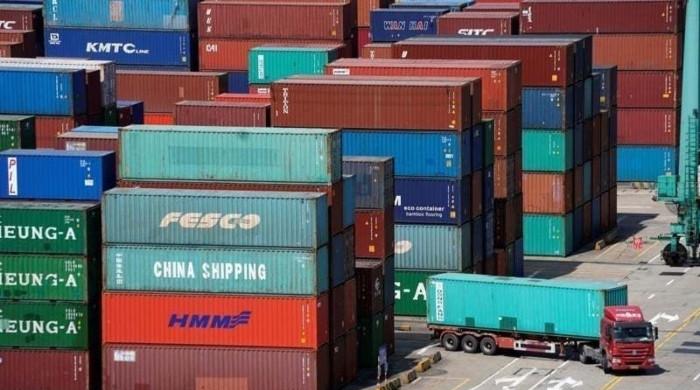Our political process is failing young people at every step
Young people are unable to relate with politics and the political process
December 13, 2022
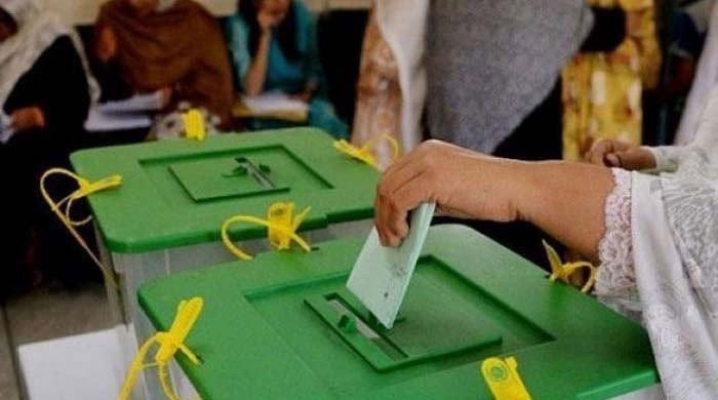
To celebrate the anniversary of Pakistan’s first election conducted on the basis of one-person, one-vote on December 7 in 1970, the day is annually celebrated as National Voters Day to highlight the need for voting by all eligible citizens in elections.
Since the 1970 general election based on adult franchise, Pakistan has held 10 general elections in 48 years until 2018, skipping a few every decade due to derailment of democracy. However, our voting average in these elections, well under 50% turnout, has been way below the global voting average of 76%. Starting at 61% turnout in the 1970 general election and in 1977, voter turnout started to fall to 42% and 45% in the 1988 and 1990 general elections and down to 38% in the 1993 general election. Voter turnout dipped to an all-time low (so far) of 34% in the 1997 general election. Since then, voter turnout has very slowly begun to move up to 39% in 2002, 43% in 2008, 53% turnout in the 2013 general election and 50% voter turnout in the latest 2018 general election.
If the current National Assembly completes its five-year term on or by August 12, 2023 the 11th and next general election would be held latest by October 2023 within the period of 60 days following the day of the expiry of the term of the assembly. With registered voters crossing 122 million in 2022, if the same voting proclivities are to be witnessed in the next general election, this would mean that half of eligible voters, or nearly 60 million population in Pakistan, would continue to choose not to vote. With such a large number of citizens abstaining from voting, this should be the biggest worry in a democratic system. But is it?
Why do half of our registered voters choose not to vote? Is it because they feel politically estranged despite a reasonable level of understanding of mainstream politics? Are non-voters disinterested in the message of one or the other political party? Or is it because a large number of the population believes that their individual vote does not make much of a difference in a sea of millions of other voters?
Each one of these reasons is shared through various opinion polls, exit polls and focus group discussions by non-voters. However, the larger issue worth examining is the role of the political process in running the affairs of the country. Is it that hard to understand estrangement with politics in a country where democracy, as a system of governance, has remained so unstable? Is it that difficult to grasp the lack of trust in elected democratic institutions when national decision-making takes place away from these institutions? Is it too complicated to recognize lack of public esteem for politicians when they have been the target of a sustained campaign maligning them for nearly all of the country’s history?
Another important data point to remember are young voters. According to data released by the ECP last year, young Pakistanis between the ages of 18 and 35 years constitute over 45% of registered voters or the biggest group among registered voters. Even though there has been no official mechanism available through the ECP to calculate youth voter turnout in previous elections, exit polls by Gallup Pakistan in previous elections have computed youth voter turnout at 31% which is way below the already dismal national voting average.
If an increasing number of young registered voters join non-voters in not voting in subsequent elections, what does it say about the health of our already beleaguered democracy?
The key reasons offered by young people for not voting are somewhat similar to the other age groups but are compounded by the fact that young people are unable to relate with politics and the political process. When asked about their disinterest, they say that political parties are not serious in engaging with the youth. Young people complain that they cannot identify with most, if not all, electoral candidates fielded by parties. More often, these candidates are older and uneducated. They have little to offer young voters in terms of engagement, if they try at all to address the youth.
The issues of Pakistani youth, summed up through scientific surveys, include provision of quality education, gainful employment and meaningful engagement in decision-making. No political party has come forward with any cogent plan to address these beyond a set of wish-lists.
Before a cynical brushing aside of these concerns of the young people by the hard-hearted politicos as whiny excuses, it is important to remember the resilience of young people in the face of all odds. Despite massive problems in the education sector, young Pakistanis strive to get educated, often paying excessively exorbitant fees at poor quality private schools and colleges as the public sector struggles to meet their needs. Young women brave the unsafe and toxic environment daily to get out of their homes to study and work in the absence of a secure and reliable network of public transport in our country. Forget access to much-needed mental health facilities, young people navigate the poor health system to manage bare minimum requirements of physical health. Dreaming of a stable future, young people even acquiesce to the archaic civil services examination and selection process. Barring a lucky few, youth struggles in the face of rising unemployment.
So, where are the political avenues for meaningfully engaging these tenacious young people in the democratic and political processes in Pakistan? Barring Sindh, which has lifted the ban on students unions legally, though it is yet to be implemented, there is no movement forward in meaningful engagement of young people in the political process through students unions. No serious political effort is made in the country to bring in an effective local government which could engage young citizens at the grassroots level. There is little visible effort, if any, by parties to invite young people in their membership and decision-making folds.
Our political process is failing young people at every step. Whether it is due to political naivete or being oblivious to the power of the youth voice and vote, political parties must find urgent and effective ways to address this colossal omission.
The writer is an analyst working in the field of politics, democratic governance, legislative development and rule of law.
Originally published in The News




